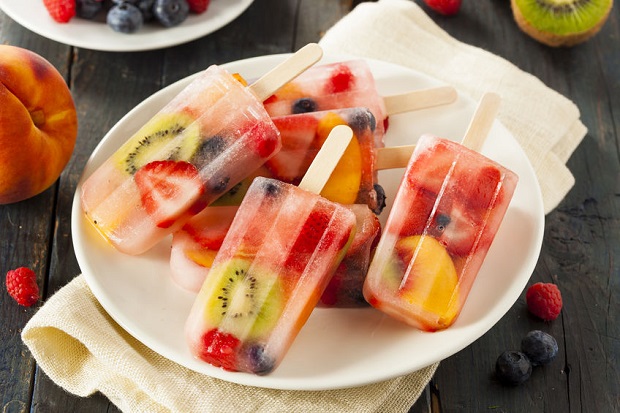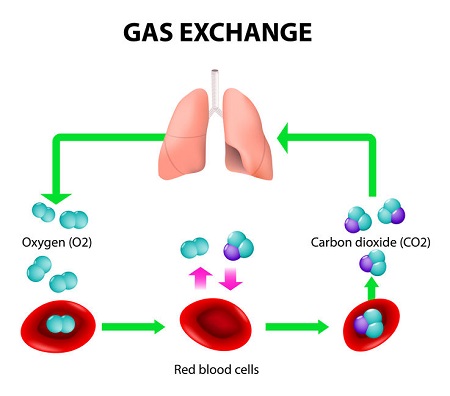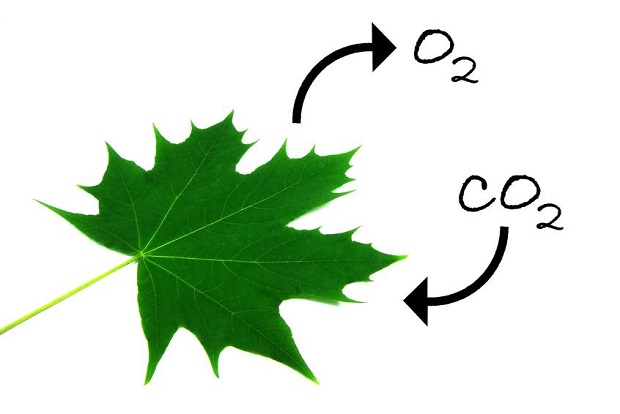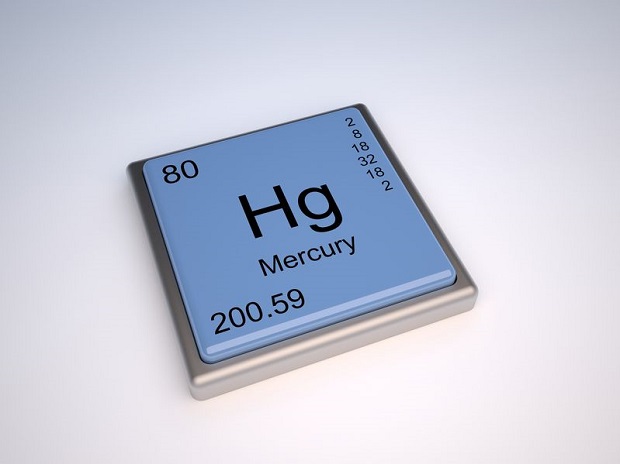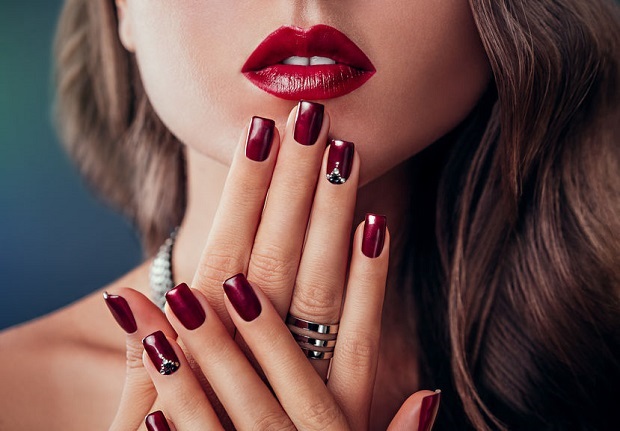
When choosing a lipstick shade, many factors come into play, such as skin tone, other makeup colors, day/evening, seasons, etc. There are no set rules, but a few factors can help you choose which color will look best on you.
Discover how skin tone, lip size, and age play a role in choosing the best lipstick color for you!
Lipstick Choice Should Match Skin Tone
Lipstick colors will complement the lips best when the color has the same undertone as the skin. For example, cool skin tones look best in colors with a cool undertone, while warm skin tones benefit from colors with warm undertones.
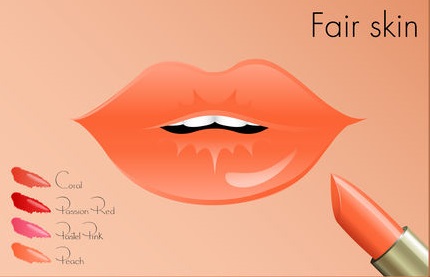
Skin Tone: Fair
If you have fair skin, choose lipsticks with warm peach or coral undertones.
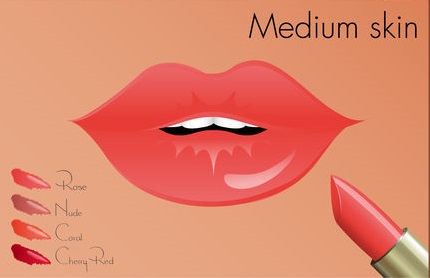
Skin Tone: Medium
Medium skin tones can choose a color with a bit more depth, like a deep rose or apricot.
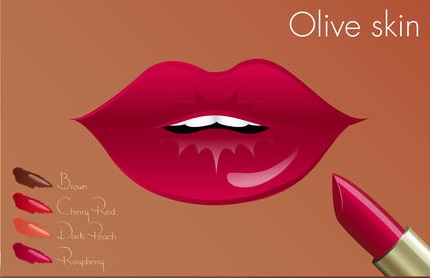
Skin Tone: Olive
Olive skin tones look best in tawny shades such as soft raisin.
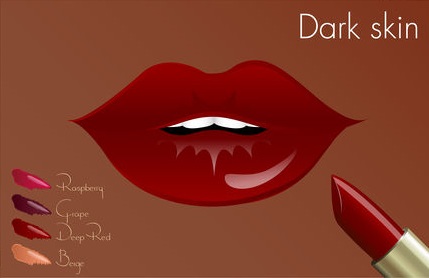
Skin Tone: Ebony
Those with a deep skin color should choose richer colors such as walnuts and rich plums.
Tanning Changes Color Choice
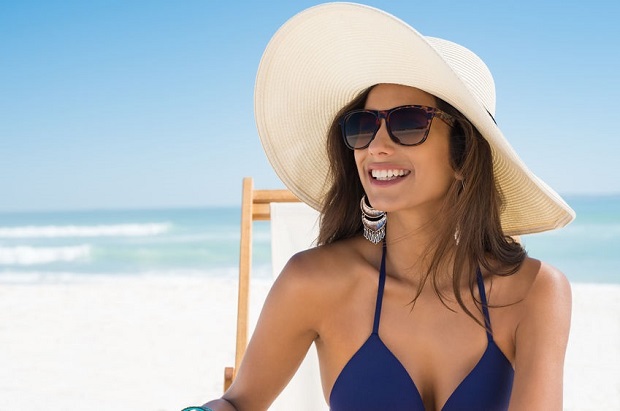
Skin Tone: Bronze
If you tan, you may need to change up your choice of lipstick colors. Skin that is bronze looks best in shades of brown such as raisin or coffee.
All Skin Tones Can Wear Nude Shades
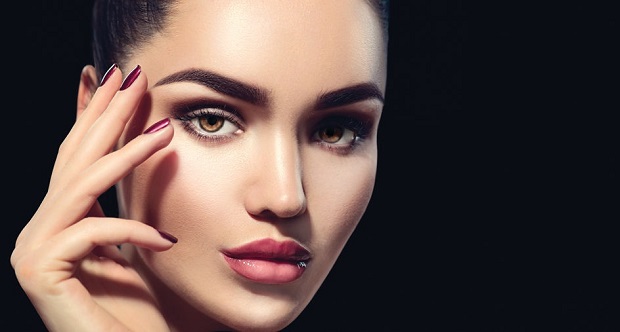
A nude shade of lipstick doesn’t mean colorless. A few rules to remember to get you started on the right track are never to choose a shade lighter than your skin and never wear nude lipstick with a white undertone.
Fair skin tones look best in nude shades with peachy undertones. Medium skin tones look best in nude shades with apricot undertones. For those with an olive skin tone, a nude with caramel undertones works best. A nude with a darker golden brown undertone will complement bronze skin. The nude choice for ebony skin tones should have an undertone of dark, ginger-toned brown.
Makeup Tones Should Match
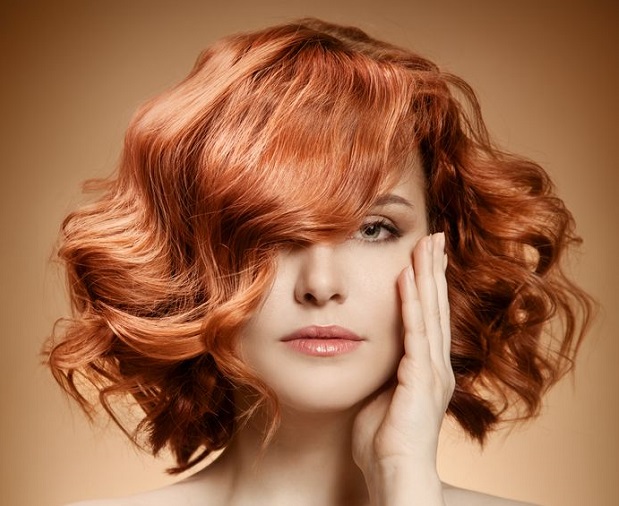
Regardless of which lipstick color you choose, you must choose makeup colors that work well together. For example, if you wear lipstick with a rose undertone, your blush should also have a rose undertone.
Size Matters
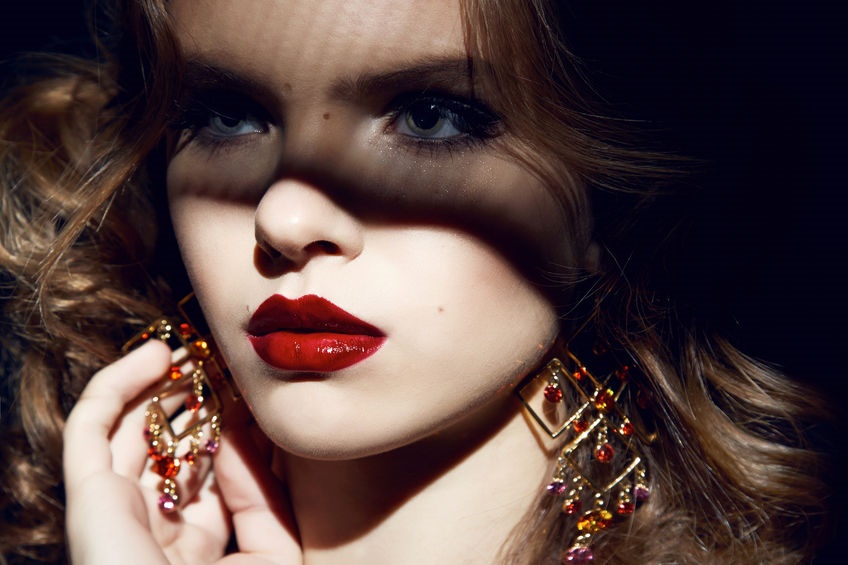
When choosing the color of your lipstick, the size of your lips plays a role in how it will complement your face. Those with thinner lips will benefit from a lighter shade of lipstick. A lighter shade will help the lips to appear fuller. If you have full, pouty lips, you can wear darker shades as long as they complement your skin tone.
Age Matters

One rule of thumb that is constant with lipstick colors is that darker shades can tend to age you. Warm, soft shades bring out the warmth in your skin tone and help to make you look more youthful. The best way to help create an ageless look is to choose a lipstick color one to two shades darker than your natural lip color.
Another great tip is to apply lip gloss over your lipstick. Lip gloss makes the lips look plumper and adds a youthful glow to your overall appearance.
Resources
Jones, Robert. Makeup Makeovers Beauty Bible: Expert Secrets for Stunning Transformations. United States, Fair Winds Press, 2011.
D’Allaird, Michelle. Milady Standard Makeup. United States, Cengage Learning, 2012.
Davis, Annie. How to Apply Make Up Like A Professional Make Up Artist. United States, Booktango, 2012.

